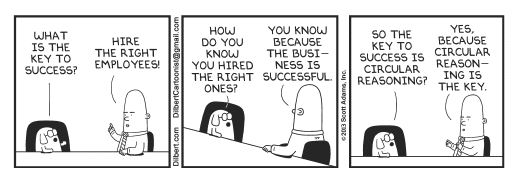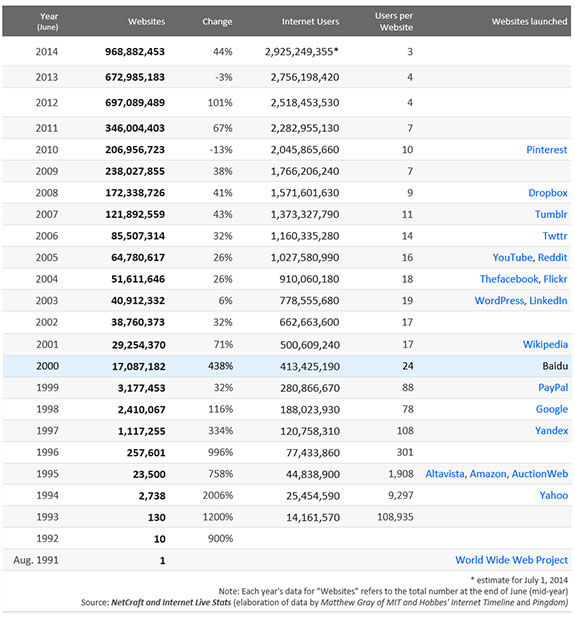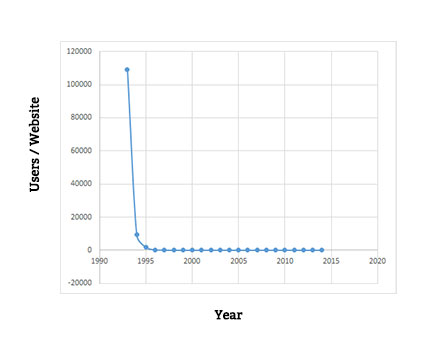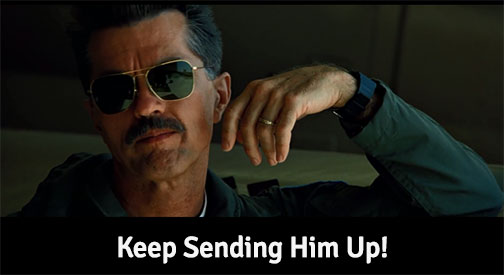While I was growing up, I was often called and classified as an introvert. Growing up as an introvert can be hard. You're constantly struggling with the rest of the world's pre-conceived notion of what smart means and bewildered by how the world confuses 'loud' for 'smart'.

I was that typical nerd, who enjoyed the company of a very select group of friends, intellectual conversations and solitude. Back then, I was also trying to fit in with the world's definition of a healthy teen who is loud and has a lot of equally loud friends. Those were difficult times and I have few fond memories from my school life back from those days.
But then something completely magical happened.
My dad got me a computer.
Like most geeks and programmers I fell in love with the machine the second I laid my hands on it. Jeff Atwood's description of what attracts programmers to lure of code more than articulately describes why I was attracted to the world of programming.
Like many programmers, I was drawn to computers as a child because I was an introvert. The world of computers – that calm, rational oasis of ones and zeros – seemed so much more inviting than the irrational, unexplainable world of people and social interactions with no clear right and wrong. Computers weren't better than people, exactly, but they were sure one heck of a lot easier to understand.
For me code was a way to exercise my brain in solitude without worrying about the complications of social interactions. Code for me, was also a way to connect to fellow introverts who were interested in a language / means of communication that relied on productive outputs more than it relied on emotions.
Code for me; was a platform that allowed you to go into your cave, practice your craft without the fear of hurting someone or rubbing someone the wrong way. You could be wrong as many times as you wanted to and the compiler would neither laugh at you nor judge you. And then when you were right and done; and had something cool to share you could come out and connect to other fellow introverts and get their complete undivided attention.
Suddenly, what you lacked in talent, smartness, or loudness - you could make up for with intensity and hard work. In a GW-Basic compiler I found my first experiences of flow and in other fellow Geeks and Programmers I found a sense of community.
Not to mention that same code allowed me to connect to extroverts too. Extroverts (the 'distant relatives', that cool acquaintance, the 'business guys' and the MBA's) who wanted things built but didn't have the time, or the patience, or the intensity to sit and interact with a compiler for hours or quietly read a book on computer programming for days to pick up a new programming language. I was their go-to-geek for getting things built (and I even fixed their computers for free).
In the end it all worked out well and I was fortunate enough to land in the right profession and find my true self through the work that I do. I like to think of it as divine intervention - and make no false pretenses of having a plan to chase my passion. But in the end, in spite of being an introvert at heart I was able to be in a field of work that I love, have a community of very close friends, travel around the world, meet and work with really smart programmers in different cultures, connect with really smart people and speak at multiple programming events around the globe.
Years later, going through Susan Cain's book and her TED Talk was like a flashback of my own confused childhood. She narrates a story that most introverts would be able to connect to and relate with:
When I was nine years old, I went off to summer camp for the first time. And my mother packed me a suitcase full of books, which to me seemed like a perfectly natural thing to do. Because in my family, reading was the primary group activity. And this might sound antisocial to you, but for us it was really just a different way of being social. You have the animal warmth of your family sitting right next to you, but you are also free to go roaming around the adventure land inside your own mind. And I had this idea that camp was going to be just like this, but better. (Laughter) I had a vision of 10 girls sitting in a cabin cozily reading books in their matching nightgowns.
(Laughter)
Camp was more like a keg party without any alcohol. And on the very first day, our counselor gathered us all together and she taught us a cheer that she said we would be doing every day for the rest of the summer to instill camp spirit. And it went like this: "R-O-W-D-I-E, that's the way we spell rowdie. Rowdie, rowdie, let's get rowdie." (Laughter) Yeah. So I couldn't figure out for the life of me why we were supposed to be so rowdy, or why we had to spell this word incorrectly. (Laughter) But I recited the cheer. I recited the cheer along with everybody else. I did my best. And I just waited for the time that I could go off and read my books.
Susan goes on to describe how our culture went from giving a lot of importance to Character, to giving a lot of importance to personality and how our self help books went from having titles like "Character, the Grandest Thing in the World." to having titles like "How to Win Friends and Influence People." - in other words, how we moved from being a culture that appreciates depth to being a culture that appreciates loudness and salesmanship.
Both in her book and her talk Susan busts the typical stereotypes that surround Introverts; the biggest one being that introverts don't have a lot of friends. She explains:
My grandfather was a rabbi and he was a widower who lived alone in a small apartment in Brooklyn that was my favorite place in the world when I was growing up, partly because it was filled with his very gentle, very courtly presence and partly because it was filled with books. I mean literally every table, every chair in this apartment had yielded its original function to now serve as a surface for swaying stacks of books. Just like the rest of my family, my grandfather's favorite thing to do in the whole world was to read.
But he also loved his congregation, and you could feel this love in the sermons that he gave every week for the 62 years that he was a rabbi. He would take the fruits of each week's reading and he would weave these intricate tapestries of ancient and humanist thought. And people would come from all over to hear him speak.
But here's the thing about my grandfather. Underneath this ceremonial role, he was really modest and really introverted -- so much so that when he delivered these sermons, he had trouble making eye contact with the very same congregation that he had been speaking to for 62 years. And even away from the podium, when you called him to say hello, he would often end the conversation prematurely for fear that he was taking up too much of your time. But when he died at the age of 94, the police had to close down the streets of his neighborhood to accommodate the crowd of people who came out to mourn him.
In her book Susan illustrates how a lot of such stereotypes about introverts are completely untrue and baseless. Another point she makes may sound simple but is a rather compelling one - While our culture celebrates the extroverts, we need to realize that there is no correlation between being the best talker and having the best ideas.
The extroverts may get the most attention of the teachers but research seems to show that the introverts get better grades. In a world where one third to a half of the population consists of introverts, instead of trying to train our introverted kids to pretend like extroverts in summer camps we may be better of training them how to embrace their own introverted natures, go out into their own caves, work on their ideas and then let them share those with the world when they are ready and comfortable.
She ends the talk with three calls to action which every school, company and manager should take a note of:
Number one: Stop the madness for constant group work. Just stop it. (Laughter) Thank you. (Applause) And I want to be clear about what I'm saying, because I deeply believe our offices should be encouraging casual, chatty cafe-style types of interactions -- you know, the kind where people come together and serendipitously have an exchange of ideas. That is great. It's great for introverts and it's great for extroverts. But we need much more privacy and much more freedom and much more autonomy at work. (In) School, (we need the) same thing. We need to be teaching kids to work together, for sure, but we also need to be teaching them how to work on their own. This is especially important for extroverted children too. They need to work on their own because that is where deep thought comes from in part.
Number two: Go to the wilderness. Be like Buddha, have your own revelations. I'm not saying that we all have to now go off and build our own cabins in the woods and never talk to each other again, but I am saying that we could all stand to unplug and get inside our own heads a little more often.
Number three: Take a good look at what's inside your own suitcase and why you put it there. So extroverts, maybe your suitcases are also full of books. Or maybe they're full of champagne glasses or skydiving equipment. Whatever it is, I hope you take these things out every chance you get and grace us with your energy and your joy. But introverts, you being you, you probably have the impulse to guard very carefully what's inside your own suitcase. And that's okay. But occasionally, just occasionally, I hope you will open up your suitcases for other people to see, because the world needs you and it needs the things you carry.
So every now and then, when you come across an article or two that tries to convince you that One is the loneliest number - also realize that sometimes, there is nothing wrong with going into the wilderness to practice your craft - as long as you eventually come back and share your new found insights with your tribe in your very own soft introverted voice. After all, you don't always have to be loud to be heard.











Comments are closed.